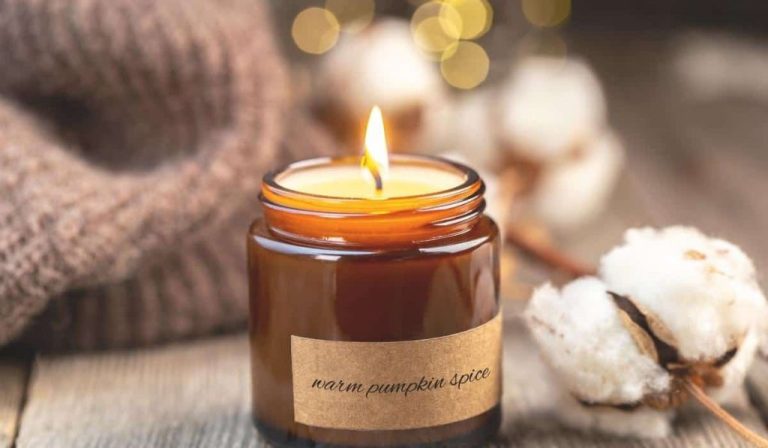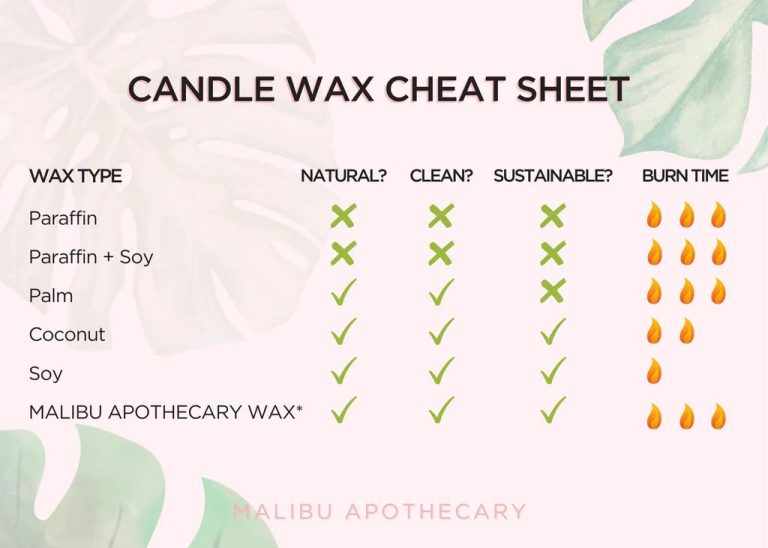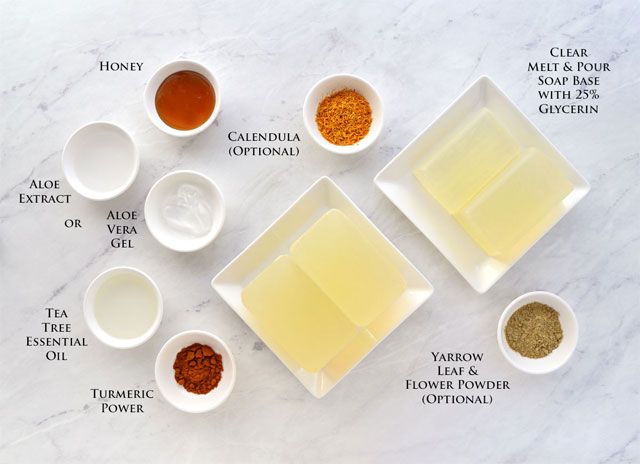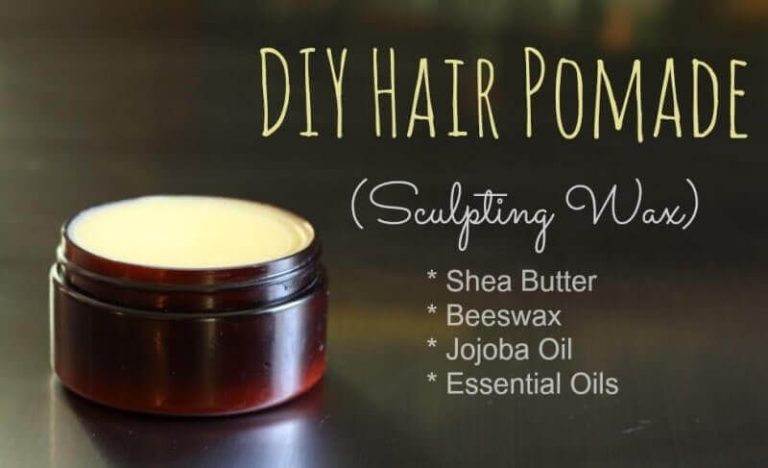What Kind Of Wax Do Salons Use?
Waxing is a popular hair removal technique used in salons and spas. There are several different types of wax that are commonly used for hair removal services. The main wax types used by professional estheticians and cosmetologists include hard wax, soft wax, sugar wax, paraffin wax, film or hot film wax, and hybrid waxes.
Each wax formula has distinct properties, benefits, and limitations. Hard wax adheres tightly to the hair strands and is ideal for coarse or curly hair. Soft wax is gentler on the skin and works well for fine hair. Sugar wax uses natural ingredients and is a good choice for sensitive skin. Paraffin wax is used for warming and soothing skin. Film waxes provide strong adhesion and are frequently used for Brazilian waxes. Hybrid waxes combine elements of different wax types.
Understanding the various wax options can help clients pick the right waxing service for their needs. The techniques estheticians use and best practices for waxing are also important considerations.
Hard Wax
Hard wax is one of the most common types of wax used in salons and spas for hair removal. It is made from natural resins and is applied in thicker layers than soft wax. Once applied to the skin, hard wax hardens and shrinks slightly, trapping the hair in its grasp as it shrinks and lifts it from the root when removed. Because hard wax hardens around the hair, cloth strips are not required to remove it.
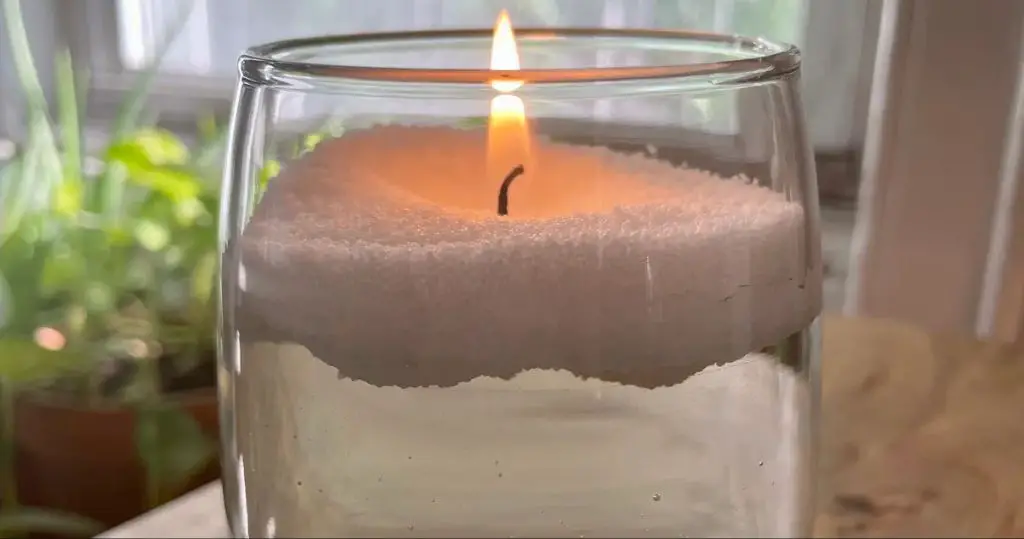
Hard wax adheres well to short, coarse hair and is ideal for larger areas of the body, such as the legs, arms, and back. It can be more painful upon removal compared to soft wax but is gentler on sensitive skin. Popular hard wax brands used in salons include Mermaid Wax and Salon Perfect Sliick hard wax beads.
Soft Wax
Soft wax is one of the most common types of wax used in salons for hair removal. As the name suggests, soft wax has a flexible, pliable texture that adheres well to the skin. Unlike hard wax, soft wax requires the use of cloth or paper strips to remove the wax and hairs after applying to the skin (Berodin). The wax adheres to the cloth or paper strip, so that when the strip is pulled off quickly against the direction of hair growth, the hair comes out by the root. Soft wax works best on short, coarse hairs. It can be mildly painful during removal compared to hard wax since the hairs are pulled out at the root, but properly stretching the skin taut before applying the strip can help minimize discomfort. Overall, soft wax is a good option for hair removal on most body parts.
Sugar Wax
Sugar wax is a type of wax made from sugar, lemon juice, and water. It has become a popular alternative to traditional wax because it is considered more natural and gentler on the skin.
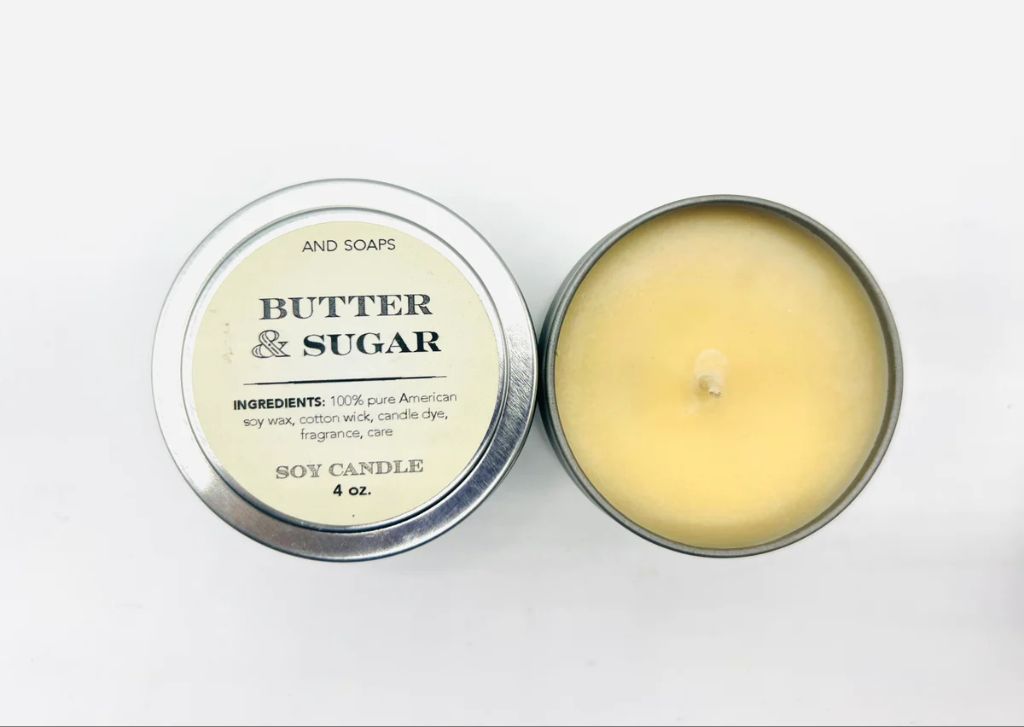
Sugar wax only uses natural ingredients like sugar, water, and lemon juice. It does not contain any chemical resins or polymers like some traditional waxes. The lack of chemicals makes it hypoallergenic and less irritating for sensitive skin types (Sugaring NYC).
The sugar in the wax mixture acts as a natural humectant to draw moisture to the skin. This makes sugar wax adheres to hair easily without sticking to live skin cells. Many people find sugar wax to be less painful on the skin versus traditional hot or strip wax (Sugarwax Chicago).
Sugar wax can be an ideal choice for those with sensitive skin or who prefer more natural ingredients. The gentler formula leads to less redness and irritation.
Paraffin Wax
Paraffin wax is derived from petroleum and is the wax used for paraffin wax treatments at salons and spas. It has a higher melting point than other waxes, which allows it to retain more heat. The heat opens pores and allows better absorption of moisturizers in paraffin wax treatments. This makes paraffin wax ideal for sensitive areas like hands and feet.
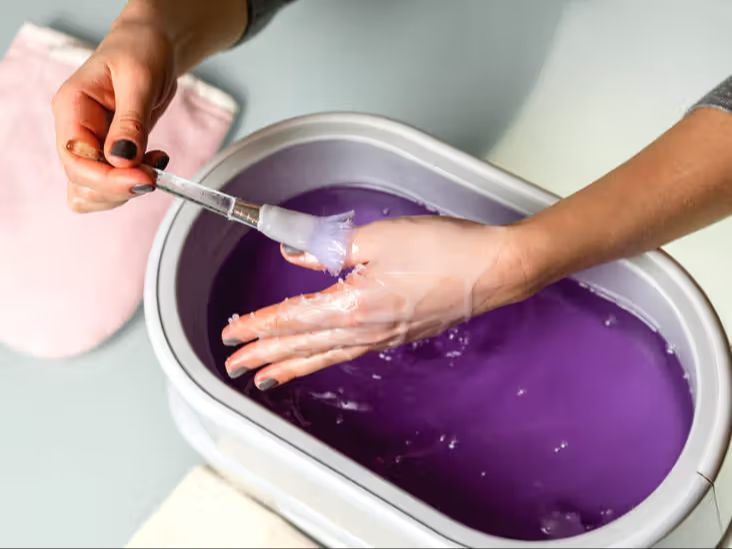
Paraffin wax treatments involve dipping the hands or feet into melted paraffin wax. The wax hardens onto the skin, providing a warming and moisturizing treatment. The heat improves circulation and relaxes muscles. The wax also provides an occlusive barrier that locks in moisture. After the paraffin wax hardens, it is removed and reveals softer, smoother skin. Paraffin wax treatments are commonly used as part of manicures and pedicures to hydrate dry hands and feet.
Sources:
https://www.purewow.com/beauty/paraffin-manicure
https://dyannaspa.com/service/paraffin-foot-treatment-manhattan-ny/
Film or Hot Film Wax
Film wax is a thin wax that does not require using cloth strips for hair removal. According to Depileve Intimate Film Rosin Wax, film wax has a thinner consistency that allows it to be applied smoothly and removed easily from the skin once hardened. The thinness allows the wax to grip fine hairs effectively. Unlike soft or hard waxes that use cloth strips, film wax can be peeled off without any cloth once it hardens on the skin.
Since no cloth is needed, film wax provides a more efficient waxing service, saving time and money on laundry and cloth strip waste. The Caronlab website explains film wax is also gentler on more sensitive skin areas like Brazilian waxing. The thinner film wax can be applied and removed easier on delicate skin regions. Overall, the thin consistency and no-strip application method makes film wax a popular choice for sensitive waxing services.
Hybrid Waxes
Hybrid waxes are a combination of wax types designed to provide the benefits of both hard and soft waxes. According to this article, one example is an omniwax hybrid wax that “combines all the benefits of a hot wax with the simplicity of strip wax.” This type of hybrid wax can be used on all areas of the body and is gentler than hard wax while also easier to remove than soft wax.
Some salons like EyeCandy in Honolulu offer a European hybrid sugaring wax that can be used for Brazilian waxes. This hybrid wax method claims to help prevent ingrown hairs. Other salons like Hybrid Beauty Salon in Birmingham, UK specialize in using hybrid waxes for services like facials, waxing, and massages.
In summary, hybrid waxes allow salons to provide the customized waxing experience clients want with easier application and removal.
Choosing a Wax
There are several factors to consider when choosing a wax, including hair type and skin sensitivity.
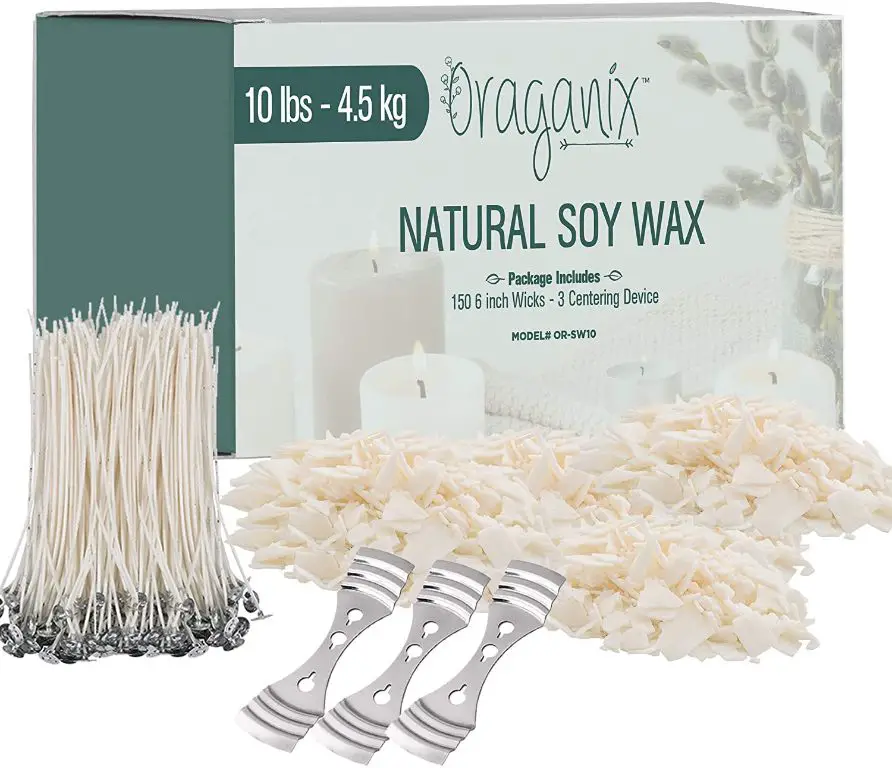
For coarse, thick hair, hard wax works well as it adheres strongly to the hair. Popular hard wax brands used in salons include GiGi, Elite, and Rica. According to research by The Brow Fixx, hard wax is ideal for hair that is coarse and hard to remove such as hair on the legs, arms, back, and bikini area [1].
Soft wax is better for finer hair and sensitive areas. It works by sticking to the skin and works well for eyebrows, upper lips, and bikini lines. Soft wax allows for more precision in shaping. Common soft wax products used in salons include Tea Tree Wax by GiGi and Cirepil Blue Wax according to HDBrows [2].
Those with sensitive skin may prefer sugar wax, which adheres mostly to the hair and less to the skin. It also allows for more precision. The Spa Reveil recommends sugar wax for clients with sensitivity [3].
Waxing Best Practices
Proper technique is crucial for providing safe, effective waxing services. Estheticians should follow these best practices:
- Sanitize the workspace and equipment thoroughly before each service, as noted by Just the Strip (https://justthestrip.com/blogs/strip/sanitation-fundamentals-for-waxing-salons). Disinfect all surfaces and tools.
- Wear gloves during the procedure and change them between clients, according to Waxxpot (https://waxxpot.com/blog/the-dos-and-donts-of-waxing/).
- Apply pre-wax oil or powder to protect the skin, as Marlo Beauty advises (https://www.marlobeauty.com/pro2pro/waxing-101-your-ultimate-guide-to-waxing-services/a775/).
- Test the temperature of the wax on the wrist before applying.
- Apply wax in the direction of hair growth in a thin, uniform layer.
- Pull the wax off in the opposite direction of hair growth. Keep the strip close to the skin and pull swiftly.
- Avoid reapplying wax to the same area to prevent irritation.
For aftercare, clients should:
- Avoid sun exposure, hot baths, saunas, hot tubs, and rigorous exercise for 24 hours.
- Refrain from scented lotions or fragrances on the waxed area.
- Exfoliate gently to prevent ingrown hairs.
- Use a cold compress if there is irritation.
Conclusion
In summary, there are several types of wax that are commonly used in salons for hair removal, including hard wax, soft wax, sugar wax, paraffin wax, film or hot film wax, and hybrid waxes. The type of wax used depends on factors like the body area being waxed, hair coarseness, desired results, and client preference.
Hard wax is often used for coarse hair on areas like the legs and arms. It adheres well to short, thick hair and is gentler on the skin. Soft wax works better for fine hair and sensitive areas. It provides a closer wax but can irritate the skin more. Sugar wax is a natural alternative made from sugar, lemon, and water. It can be used on all body areas. Paraffin wax is used for hands and feet. Film or hot film wax comes as a liquid and is especially effective for Brazilian waxes.
When choosing a wax, consider the client’s pain tolerance, skin sensitivity, hair coarseness, and the body area being waxed. It’s also important to follow proper waxing techniques to minimize pain and avoid skin damage. Always test wax temperature before applying, apply in the direction of hair growth, pull off strips quickly in the opposite direction of growth, and avoid reapplying over the same area to prevent irritation.
With the variety of waxes available and proper technique, salons can provide safe, effective hair removal tailored to each client’s needs and preferences.

